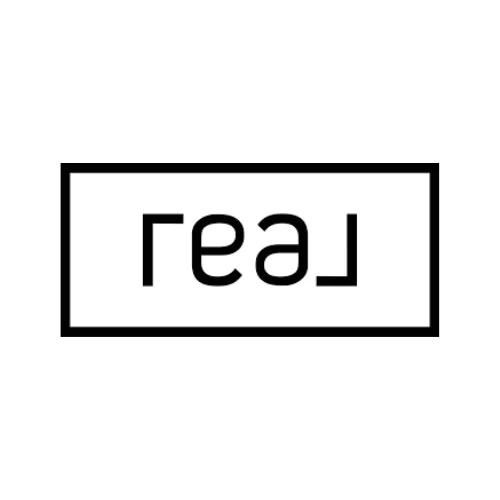The real estate market, a dynamic and complex arena, holds a significant place in the global economy. Whether you’re a potential buyer, seller, investor, or just curious about the housing landscape, gaining a solid understanding of the real estate market is essential. In this blog post, we’ll delve into the core concepts that shape the market, providing you with valuable insights to navigate its intricacies.
What is the Real Estate Market?
The real estate market refers to the buying, selling, leasing, and development of properties, including residential, commercial, and industrial spaces. It’s driven by the interaction of various factors that influence supply, demand, and property values. Understanding these factors is key to making informed decisions in this realm.
Supply and Demand Dynamics
Supply and demand play a pivotal role in determining property prices. When demand exceeds supply, prices tend to rise, and when supply outpaces demand, prices may drop. Factors such as population growth, economic trends, and housing preferences influence these dynamics. Tracking supply and demand trends helps you anticipate market fluctuations.
Location, Location, Location
The age-old adage holds true: location is a fundamental factor influencing property values. Proximity to amenities, schools, transportation hubs, and job centers can significantly impact a property’s desirability and, consequently, its price. Researching local neighborhoods and their development potential is crucial when evaluating property investments.
Market Cycles
The real estate market operates in cycles, influenced by economic conditions, interest rates, and consumer confidence. The market can experience periods of expansion (increasing prices), contraction (decreasing prices), and stabilization. Recognizing these cycles can help you make strategic decisions, such as when to buy, sell, or invest.
Economic Indicators
Several economic indicators provide insights into the health of the real estate market. These include GDP growth, employment rates, inflation, and mortgage interest rates. A robust economy generally correlates with a buoyant real estate market, while economic downturns can lead to decreased demand and lower prices.
Types of Properties
The real estate market encompasses various property types, each with its unique characteristics and investment potential. Residential properties include single-family homes, condos, and apartments, while commercial properties range from office spaces to retail centers and industrial facilities. Understanding the nuances of these property types helps you identify the best fit for your goals.
Financing and Mortgages
Access to financing and mortgage rates directly influence a buyer’s purchasing power. Lower interest rates can make borrowing more affordable, encouraging buyers and potentially driving up demand. Monitoring mortgage rate trends can provide insights into market activity.
Market Research and Due Diligence
Conduct thorough research before making any real estate decisions. Analyze recent sales data, comparable properties (comps), and local market trends. Due diligence involves verifying property titles, assessing potential risks, and considering future growth potential.
Conclusion
The real estate market is a multifaceted landscape driven by supply, demand, economic indicators, and consumer preferences. Gaining a deep understanding of these elements empowers you to make informed decisions as a buyer, seller, investor, or industry professional. By staying informed, conducting diligent research, and keeping an eye on market trends, you can navigate the real estate market with confidence and success.








